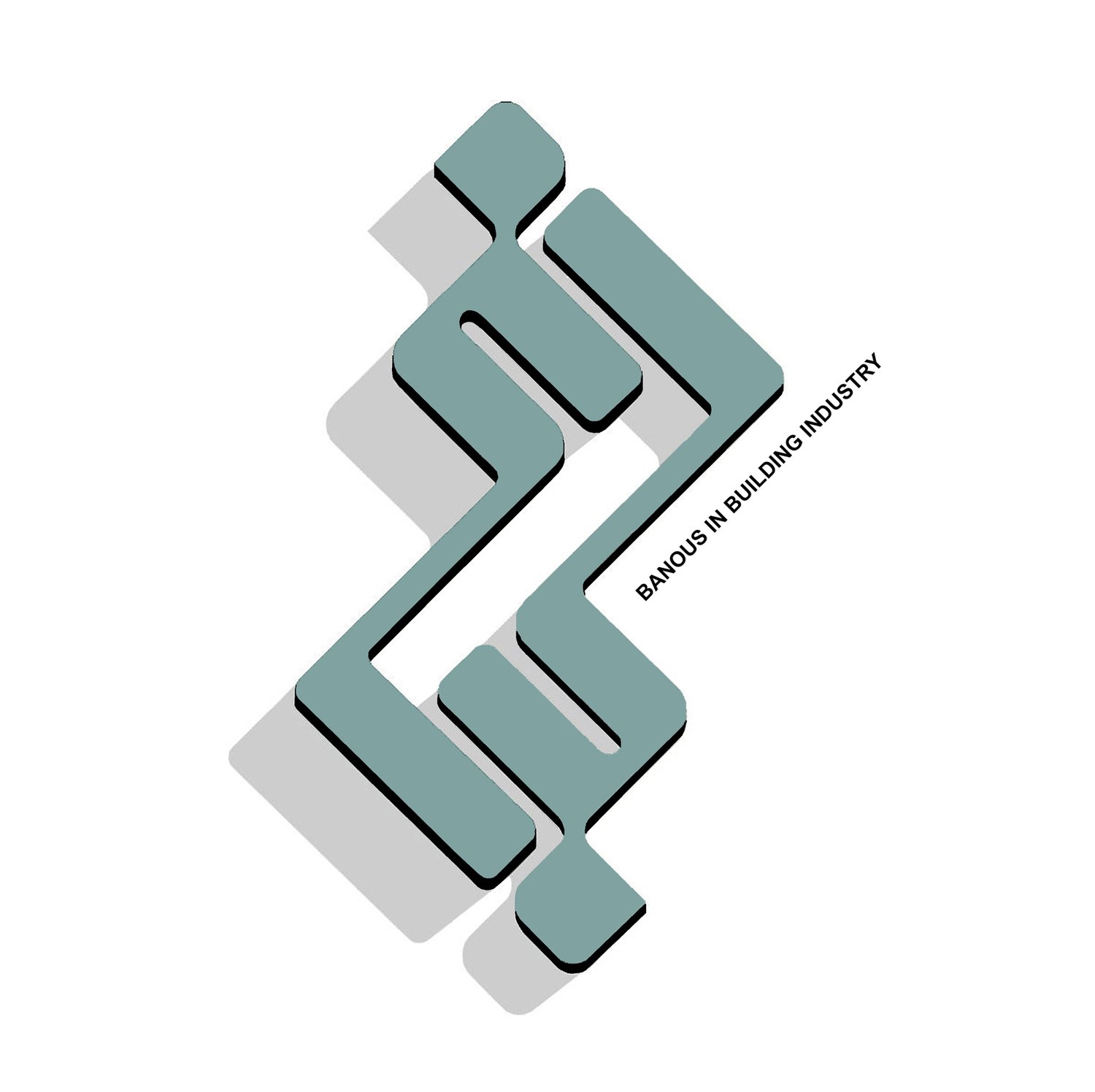DOCTORAL DISSERTATION - Hidden in Plain Sight: Tehran's Empowering Protean Spaces, By Sara Khorshidifard
Abstract
As a recent citizen I noticed Tehran's urge for new kinds of public spaces. So, I initiated a dissertation that outlined a call for "protean space." Cities need protean spaces as a means to empower people, places that offer social interaction and support--spaces that are safe, accessible, and intriguing. Protean spaces empower people to create places for personal and interpersonal relationships, make social connections, gain information, and build trust across varied networks.
My dissertation examined how planning and design practices can enhance the possibility of protean spaces and therefore increase their number. While my research concerns Tehran, all cities benefit from their creation. Professionals can foster the creation if they could consider the ad hoc ways people--over time and within a given site--create opportunities for self-growth and human contact.
Tehran lacks accessible and welcoming public spaces and suffers from inadequate, inflexible, and expensive housing. To renew Tehran's public spaces, my dissertation mapped Tehran's marginal possibilities in unconventional urban territories, in the natural residues, ordinary streets, and domestic zones. There, I suggest alternative ways of recycling the city's fragmented space to foster protean spaces. I studied alternative processes that could enhance and increase protean spaces there. The process draws inspirations from how Tehranis have made places, for example, in patoghs. The process can accommodate Tehranis with better protean spaces for future adaptations.
Protean space opportunities exist at the intra-city residual natural landscapes: the leftover green patches on the Alborz Mountain ridges, half-erased river-valley corridors, and underground matrix of abandoned qanats. These sites are currently disconnected from the city's structure and its people. Mundane sidewalks--readily available, fully public, and free of charge--are opportunity sites. Due to the deficiency and hostility of public spaces, people appropriate sidewalks as ad hoc meeting places, but most sidewalks produce uninteresting and clichéd experiences. Average houses are private sites with public space design possibilities. Tehran's housing crisis has produced inadequate and pricey homes, often poorly constructed and of singularly uninspired design. Despite being unexciting and lacking identity, they offer leftover space possibilities between, below, atop, and inside that could be repurposed.
